About a year ago, a concerned mother from Murray was watching her son through a baby monitor when she noticed something alarming: his left eye appeared “pitch black.”
While an initial online search suggested it might be a mere camera glitch, her maternal instincts told her to dig deeper.
Her worst fears were confirmed when, a few days later, her 6-month-old son, Benny, was diagnosed with retinoblastoma, a type of eye cancer.


The overwhelming emotion she felt during the diagnosis was evident when she recalled, “The only question I had was, ‘will he live?'”
Although Benny has faced developmental challenges due to his condition, there’s a silver lining: he’s now cancer-free.
However, at nearly 18 months, he’s still learning basic movements like transitioning to and from a sitting position, and he requires assistance navigating with his limited vision.
“He’s very fearful of moving from a position where he feels stable. It’s significantly affected his mobility,” shared Benny’s mother, who chose to remain anonymous.
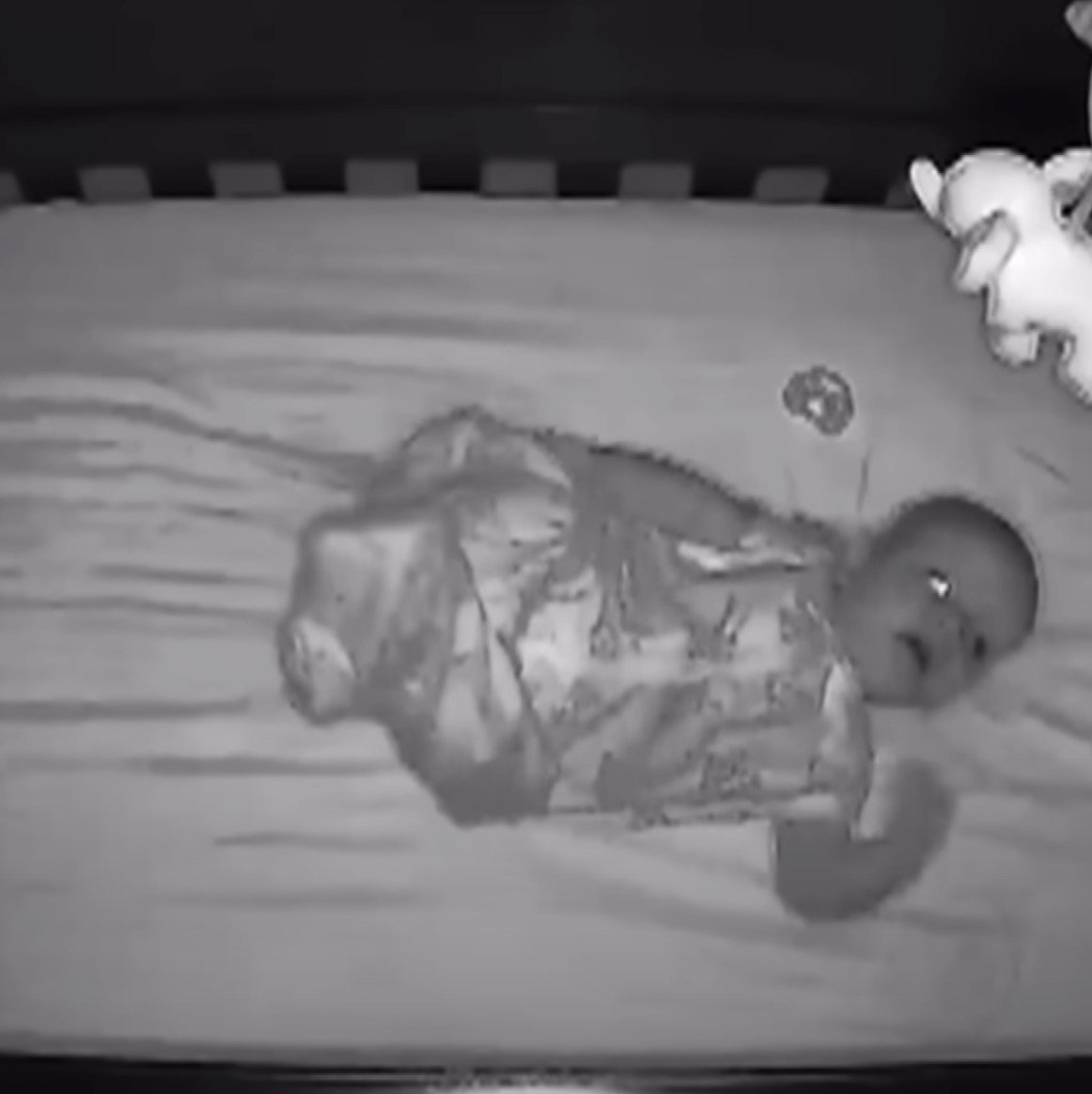

Dr. Eric Hansen, a leading expert in ocular oncology at the University of Utah John A. Moran Eye Center, shed light on the detection of such cases.
He explained that retinoblastoma is often identified when one pupil appears different from the other in photographs.
Typically, one eye might appear red while the other doesn’t.
However, with modern phone cameras filtering out red-eye, it’s becoming increasingly challenging for parents to notice these discrepancies.
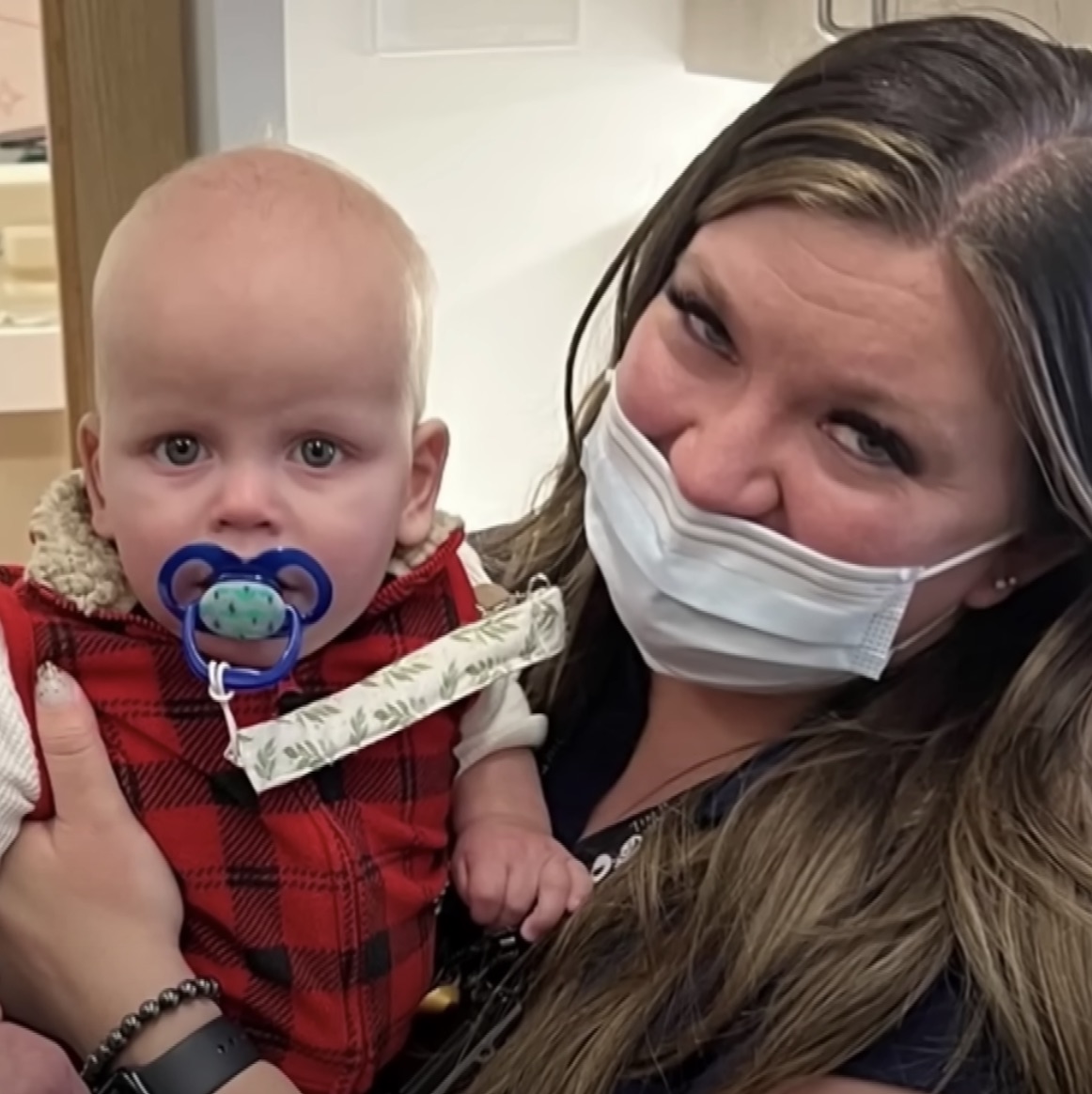

Dr. Hansen voiced concerns about the implications of advanced camera technology.
“We’re not certain if this technology will result in late-stage cancer detections, but it’s a potential risk,” he said.
He emphasized the fortunate circumstances in Benny’s situation, stating, “In Benny’s case, we were lucky because his baby monitor didn’t have the software to remove the red reflex.”
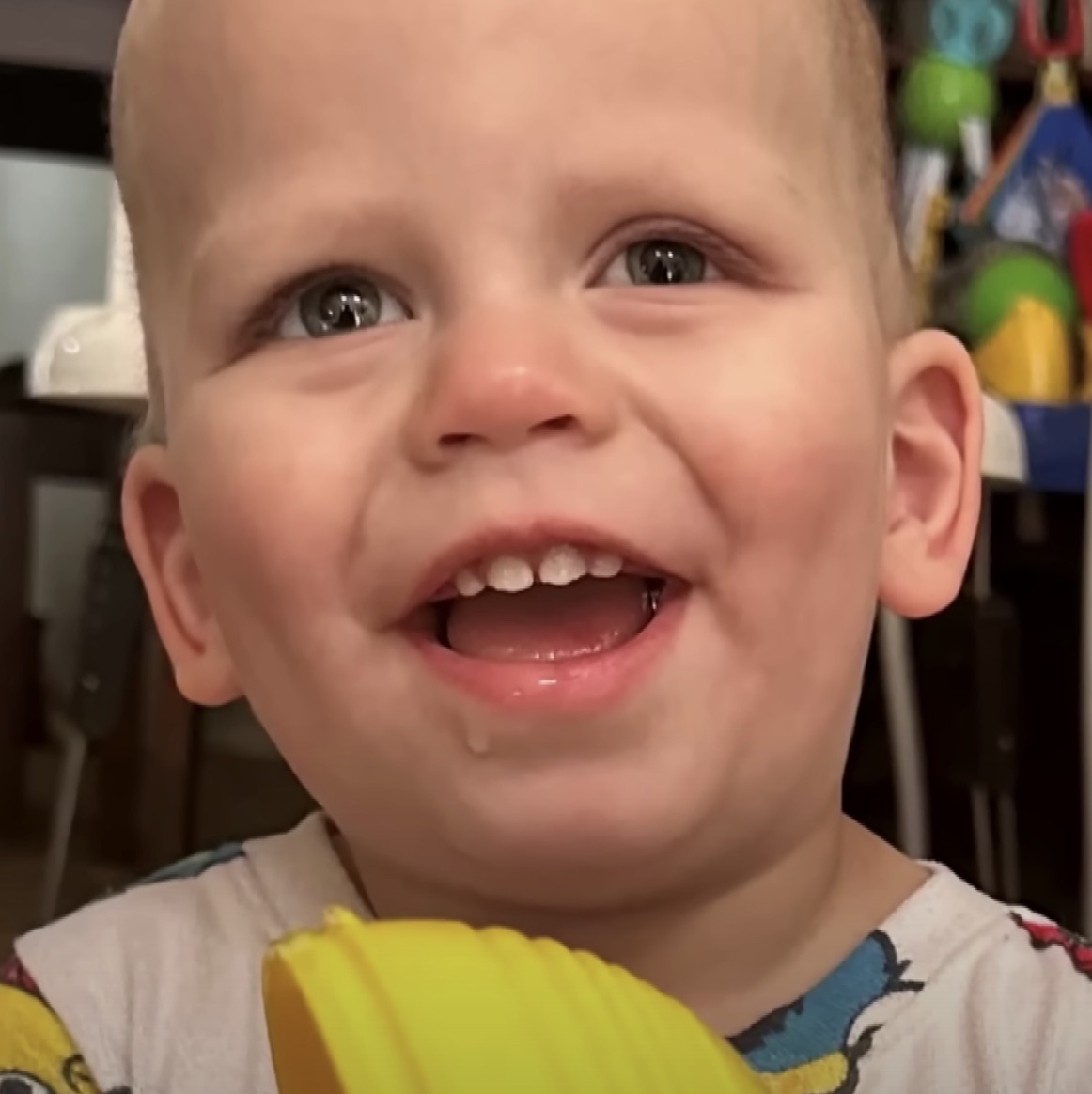

Offering advice to parents, Dr. Hansen stressed the importance of vigilance.
“If a child’s eye appears cloudy or white in photos or when illuminated, consult a pediatrician immediately. Even if you have the slightest concern about the eye, don’t ignore it.”
He reassured that while most vision irregularities aren’t indicative of cancer, early detection is crucial.
Retinoblastoma is aggressive, and if untreated, can spread beyond the eye within months.
Thankfully, it’s a rare condition, with only 300 to 350 cases reported annually in the U.S. “If detected early, before it spreads from the eye, the prognosis is good, and we often see positive outcomes in children,” he added.
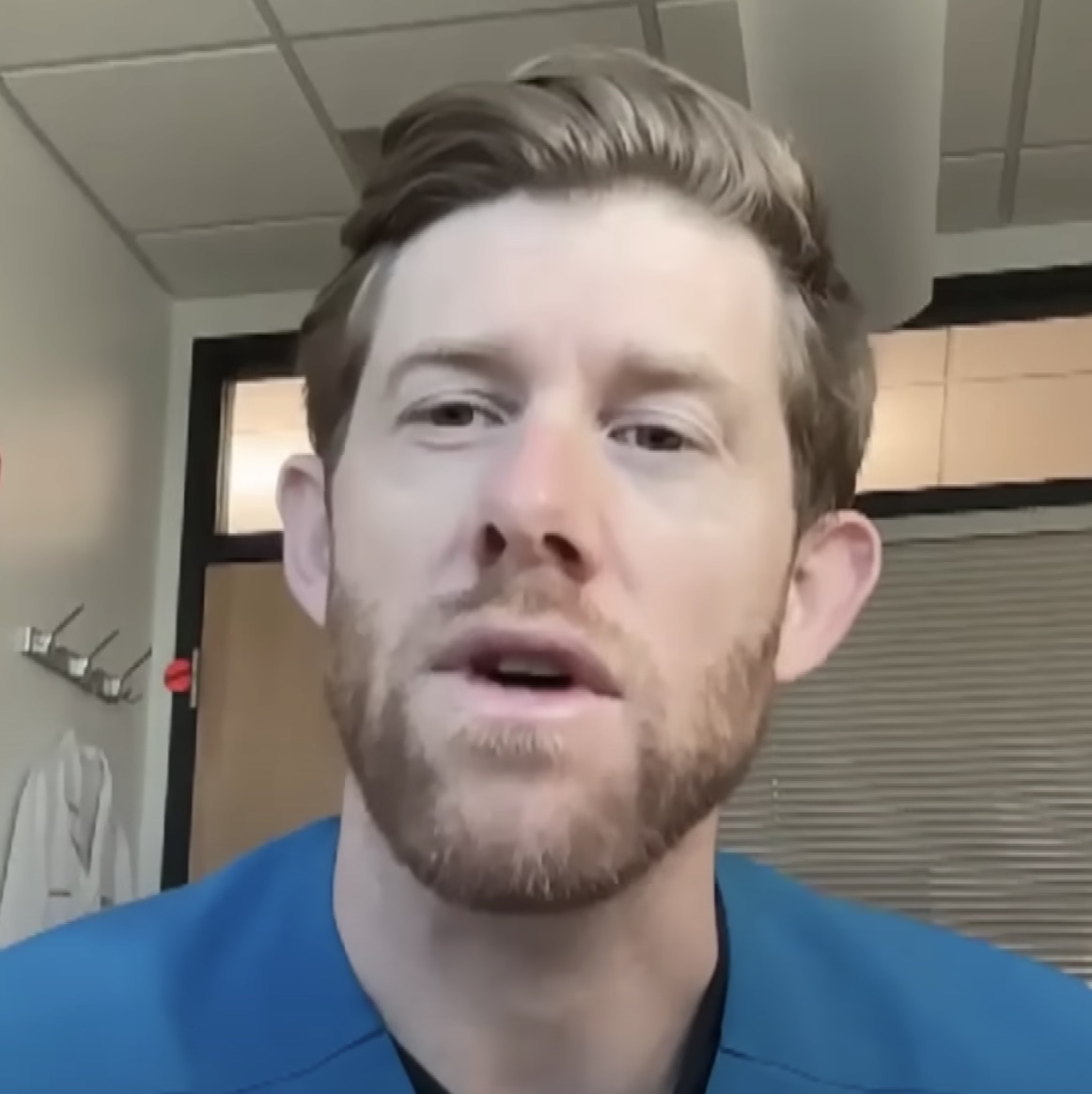

Screening for retinoblastoma is standard in the U.S., occurring at birth and then between six to twelve months.
This proactive approach results in a commendable 95% cure rate.
In contrast, some countries report a concerning 70% fatality rate.
Dr. Hansen noted that the cancer usually manifests between the ages of 1 and 2 but can also appear in newborns and older toddlers.
If left unchecked, symptoms can escalate, with visible inflammation and increased eye pressure.


Discussing Benny’s treatment journey, Dr. Hansen revealed that Primary Children’s Hospital has a dedicated retinoblastoma team.
They promptly arranged an MRI for Benny, confirming that the cancer was confined to his eye.
Benny then underwent intra-arterial chemotherapy, a novel procedure where chemotherapy is directly administered to the eye via a tiny catheter.
This targeted approach maximizes the treatment’s efficacy while minimizing side effects.
Benny’s mother, who wished to remain unnamed, recalled the anxiety she felt during this period, especially when Benny had to remain immobile for six hours post-procedure.
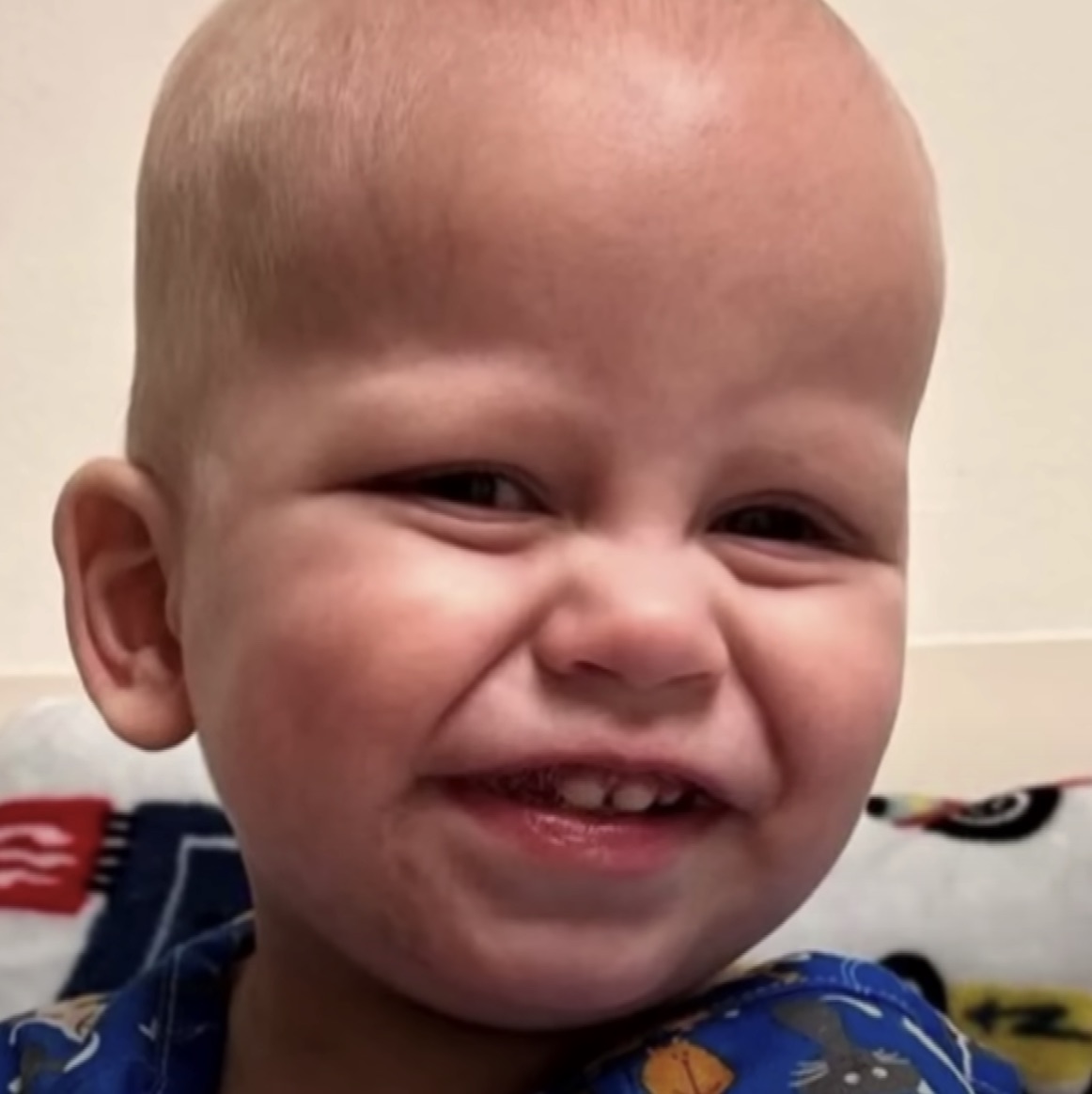

Dr. Hansen further highlighted the hospital’s comprehensive approach, which includes genetic testing for all retinoblastoma patients.
This facilitates the creation of personalized care plans encompassing physical therapy, occupational therapy, and consultations with pediatric ophthalmologists.
“Our primary goal is to cure the cancer and save the child’s life. We strive to preserve as much vision as possible,” he emphasized.
Benny’s early diagnosis meant his retina remained functional.
Today, he’s a cheerful, resilient toddler who’s formed bonds with the nursing staff.
“He’s been an absolute champ throughout his treatment. Everyone adores him,” Dr. Hansen shared with evident pride.
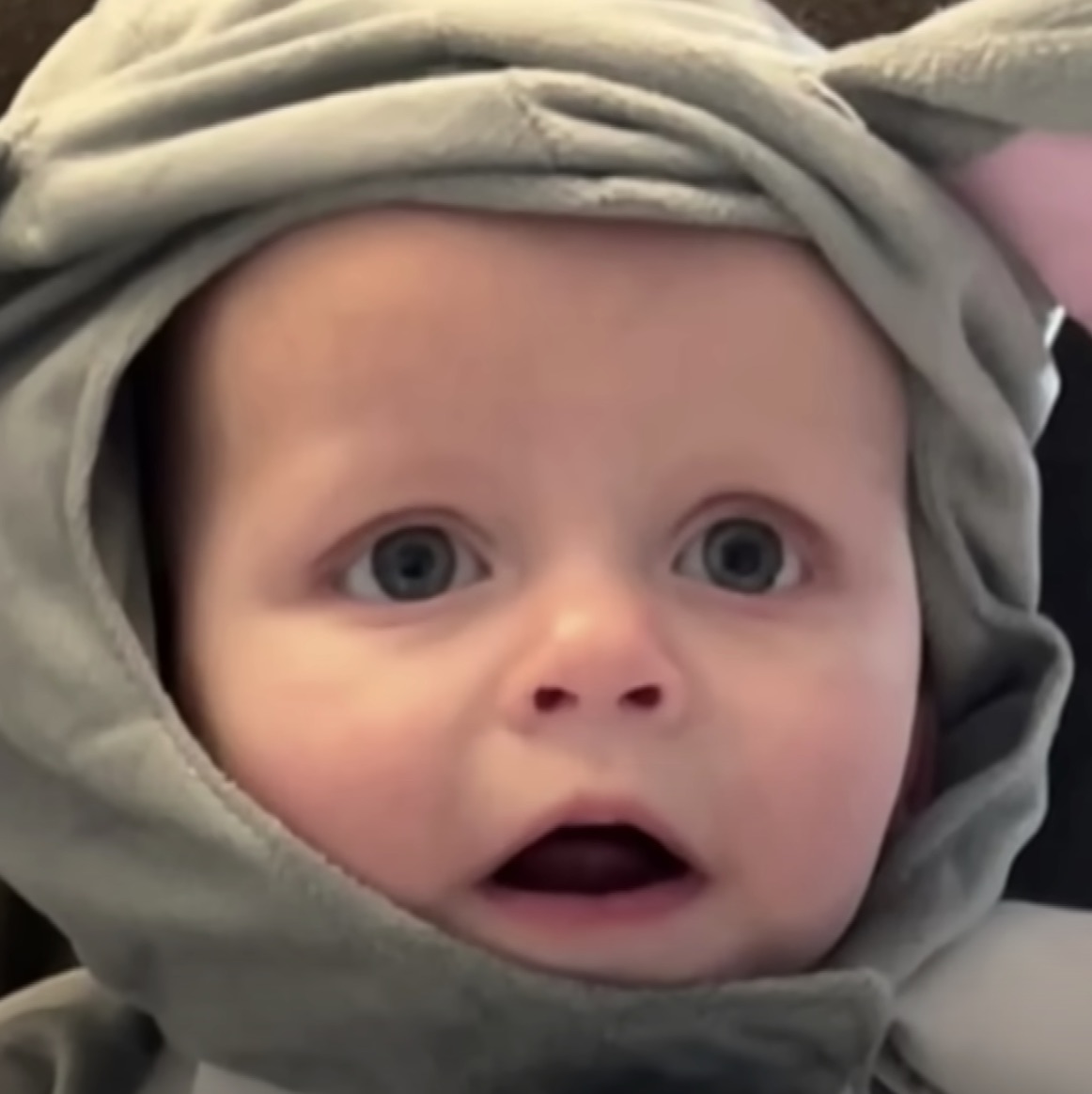

Benny’s mother is actively involved in his recovery.
With the support of Utah Schools for the Blind’s Parent Infant Program, therapists are helping Benny regain some of his lost vision.
As a children’s therapist herself, she employs play therapy to help Benny process any trauma from his medical experiences.
They’ve also established routines to comfort him, like playing “Hakuna Matata” during doctor visits.
Reflecting on their journey, she said, “Even after his chemotherapy sessions, when he felt his worst, Benny’s spirit never waned. He’d always greet his medical team with a smile.”
Learn more about Benny’s journey and the footage that captured mom’s eye in the video below.
Please SHARE this with your friends and family.















